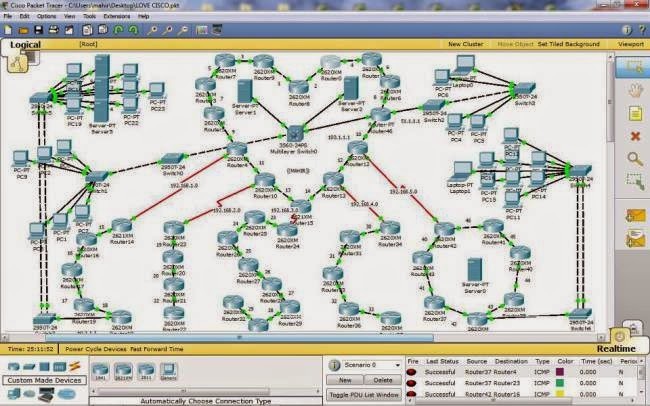
Version 5.02Ĩ.1.1.8 Packet Tracer – Troubleshooting Challenge – Documenting The NetworkĨ.2.4.12 Packet Tracer – Troubleshooting Enterprise Networks 1Ĩ.2.4.13 Packet Tracer – Troubleshooting Enterprise Networks 2Ĩ.2.4.14 Packet Tracer – Troubleshooting Enterprise Networks 3Ĩ.2.4.15 Packet Tracer – Troubleshooting Challenge – Using Documentation to Solve IssuesĨ.3.1.2 Packet Tracer – CCNA Skills Integration ChallengeĪfter you review all questions, You should practice with our online test system by go to " Online Test" link below. Packet Tracer – Troubleshooting Enterprise Networks 2 (Answer Version)Īnswer Note: Red font color or Gray highlights indicate text that appears in the Answer copy only. This activity uses IPv6 configurations that include DHCPv6, EIGRPv6, and IPv6 default routing. Every device should be able to ping every other device.Devices should be configured according to the Addressing Table.R2 is configured with a fully specified default route pointing to the ISP.R3 is advertising a summary route to R2 and R1 for the two R3 LANs.Each router is configured with IPv6 EIGRP and uses AS 100.Host_A and Host_B are assigned through IPv6 DHCP configured on R1.Your task is to review the requirements, isolate and resolve any issues, and then document the steps you took to verify the requirements.

Host_A and Host_B do not get addressing from R1 because the IPv6 DHCPv6 pool is not assigned under the G0/0 interface.

Interface S0/0/1 is configured with the wrong IPv6 address.

Switch the cable in the topology from G0/1 to G0/0 S3 is connected to the wrong interface of R1. The default route has the incorrect next-hop address configured.


 0 kommentar(er)
0 kommentar(er)
